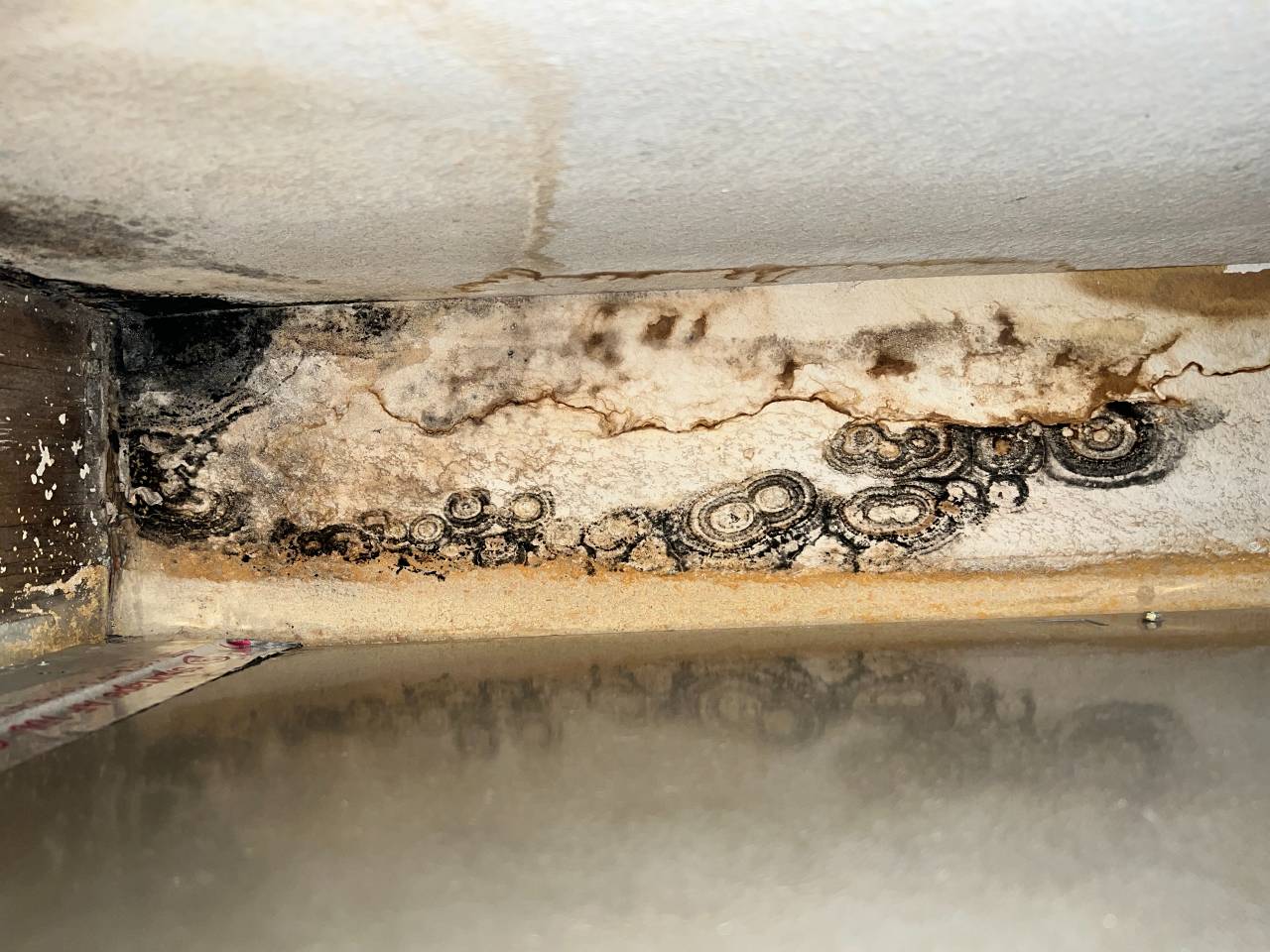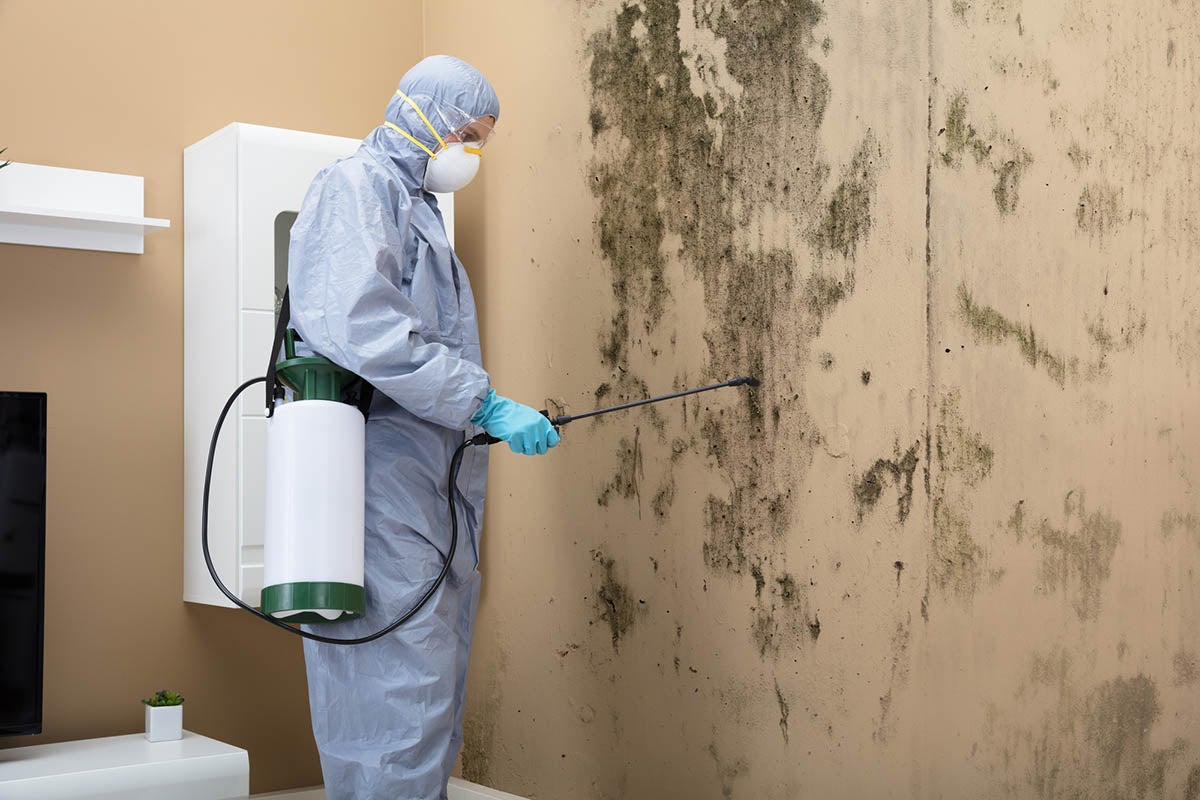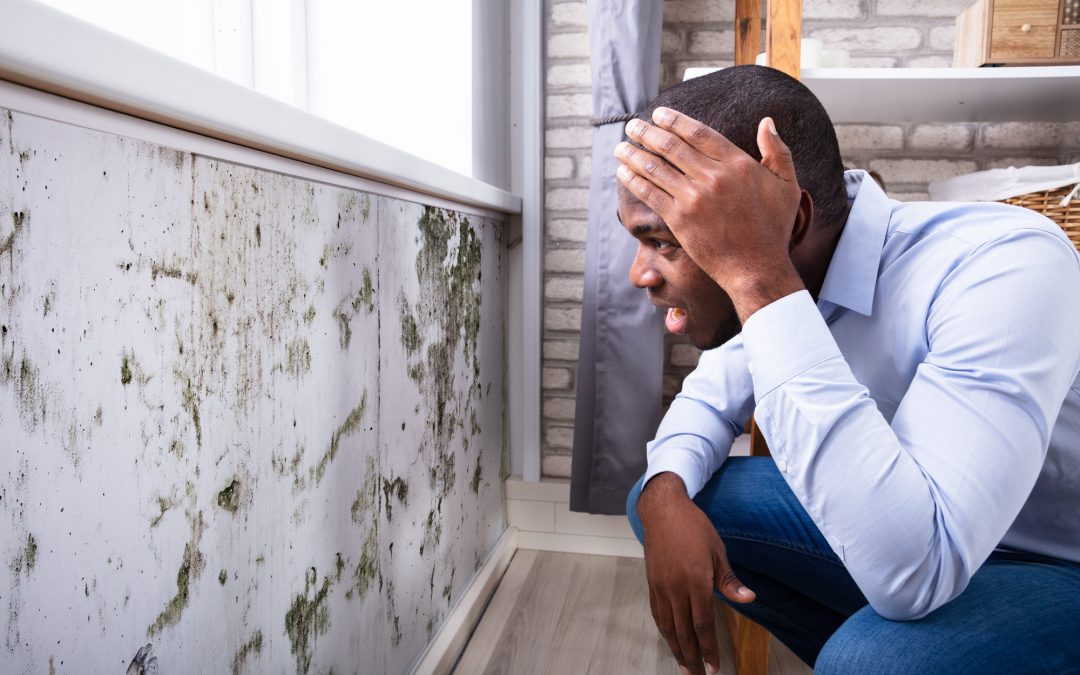Advice on What to Do After Mold Remediation
Advice on What to Do After Mold Remediation
Blog Article
Your Ultimate Guide to Article Mold And Mildew Removal Methods
In the results of mold and mildew infestation, understanding just how to effectively get rid of the mold and mildew and prevent its reoccurrence is paramount for maintaining a healthy and balanced interior setting. From picking the ideal cleansing and decontaminating approaches to carrying out methods for long-term mold prevention, each step in the remediation journey plays an important role in guaranteeing a successful result.
Comprehending Post-Mold Remediation Process
After completing the mold removal procedure, it is important to recognize the post-mold remediation strategies that are needed to ensure a reliable and extensive cleaning. When the mold and mildew has actually been gotten rid of, the following step involves cleaning and disinfecting the influenced locations to stop any regrowth of mold and mildew. This consists of utilizing specialized cleansing agents to clean down surface areas and eliminate any staying mold and mildew spores. It is vital to dry out the area entirely to prevent the development of mold and mildew in the future (what to do after mold remediation). Correct air flow and dehumidification can aid in this process.
Furthermore, carrying out a last examination post-remediation is important to ensure that all mold has been effectively eliminated. If the evaluation discloses any lingering mold and mildew, added remediation may be required.
Effective Cleaning and Decontaminating Approaches

Stopping Future Mold And Mildew Development

Importance of Correct Ventilation
Correct ventilation plays an essential function in avoiding dampness accumulation, a key element in mold growth within indoor environments. Effective ventilation systems aid eliminate excess moisture from the air, decreasing the opportunities of mold spores locating the moisture they need to spread and germinate. Without appropriate air flow, indoor areas can become a breeding place for mold, resulting in potential wellness dangers and architectural damage.
By making sure proper air blood circulation, ventilation systems can additionally help in drying out wet areas extra rapidly after water damages or flooding incidents, even more hindering mold growth. what to do after mold remediation. Precede like shower rooms, attic rooms, cellars, and cooking areas where wetness degrees often tend to be greater, mounting and keeping reliable ventilation systems is vital in protecting against mold and mildew infestations

Monitoring and Maintenance Tips
Provided the essential duty that correct ventilation plays in stopping mold and mildew development, it is important to establish efficient tracking and maintenance suggestions to guarantee the continued functionality visit this site of ventilation systems. Monitoring humidity levels within the residential property is likewise essential, as high humidity can contribute to mold and mildew development. By remaining alert and positive to check these guys out the condition of ventilation systems, property owners can successfully alleviate the danger of mold regrowth and keep a healthy and balanced indoor atmosphere.
Final Thought
To conclude, post-mold removal techniques are crucial for ensuring a risk-free and clean atmosphere. Comprehending the process, implementing effective cleansing and decontaminating techniques, avoiding future mold and mildew development, maintaining correct ventilation, and regular surveillance are all critical steps in the removal process. By complying with these standards, you can effectively remove mold and mildew and prevent its return, promoting a healthy living or functioning area for all passengers.
In the aftermath remove mold on fabric of mold and mildew problem, knowing exactly how to properly eliminate the mold and stop its reoccurrence is extremely important for preserving a healthy indoor setting. Once the mold and mildew has actually been eliminated, the following step includes cleansing and disinfecting the impacted locations to avoid any kind of regrowth of mold and mildew - Post Remediation verification. After eliminating visible mold and mildew development, it is important to cleanse all surface areas in the affected area to eliminate any kind of remaining mold spores. To additionally improve mold and mildew avoidance measures, it is necessary to resolve underlying issues that originally led to mold development.Given the vital function that correct ventilation plays in stopping mold and mildew development, it is vital to establish efficient surveillance and maintenance pointers to make sure the ongoing capability of ventilation systems
Report this page